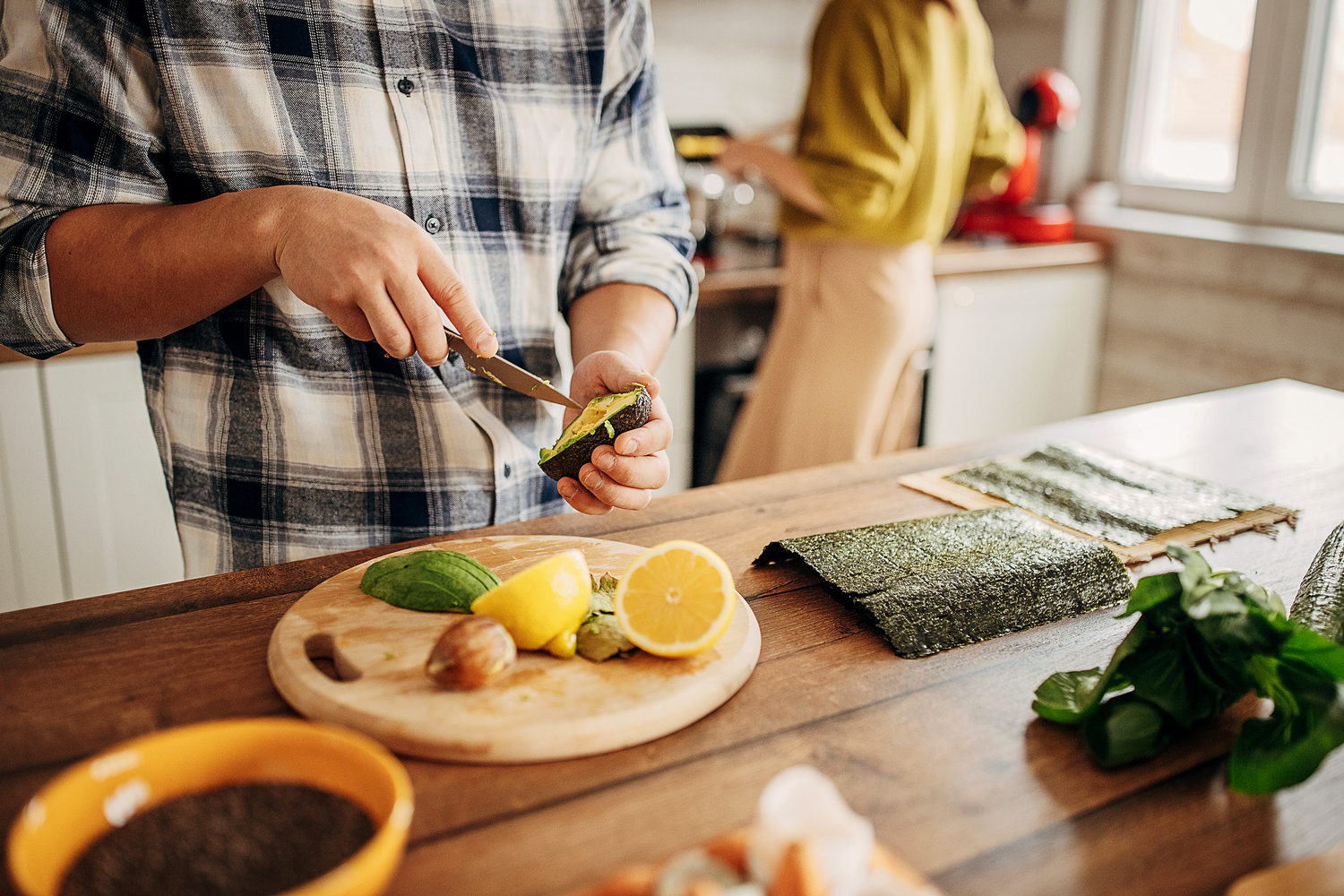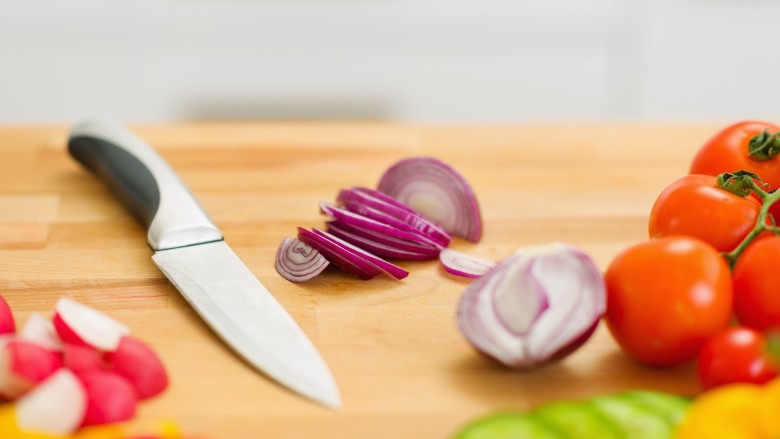If youre looking for a new kitchen project, or simply want to add a rustic and unique touch to your culinary space, learning how to make a live edge cutting board is a terrific idea. This project is not only practical but also taps into a burgeoning trend in modern kitchen aesthetics.
With the aid of some big technology tools and a delighted sense of craftsmanship, you can create a magnificent live edge cutting board that will last for years. Whether you’re a kitchen professional or an enthusiastic DIYer, this guide will take you through each step in a detailed yet easy-to-understand manner.

What is a Live Edge Cutting Board?
A live edge cutting board is created from a slab of wood that retains its natural edge. Unlike traditional cutting boards, the natural edge is preserved, adding a unique and organic feel to your kitchen essentials. It celebrates the wood’s original character, showcasing knots and natural contours.

The Benefits of Using Live Edge Cutting Boards
Live edge cutting boards offer numerous advantages:
- Unique Aesthetics: Each board is one-of-a-kind due to its natural edge.
- Durability: Made from sturdy wood, these boards are built to last.
- Versatility: Functional for cutting and beautiful enough for serving.

Materials and Tools Required
Before starting, gather the following materials and tools:
Materials:
- A slab of wood with a natural edge
- Food-grade mineral oil or butcher block conditioner
- Sandpaper (80, 120, 220 grit)
- Clamps
- Epoxy for filling cracks (optional)
Tools:
- Jigsaw or bandsaw
- Orbital sander or sanding block
- Router with a round-over bit
- Chisels (optional)
- Electric drill
Step-by-Step Process
Step 1: Choosing the Right Wood
Select a wood type known for its durability such as walnut, maple, or cherry. Ensure the slab has a natural edge and is free from excessive cracks.
Step 2: Preparing the Slab
Start by cleaning the wood to remove any dirt and debris. Use a stiff brush and some soapy water. Once clean, let it dry thoroughly.
Step 3: Cutting the Slab to Size
Use a jigsaw or bandsaw to cut the slab to your desired dimensions. Make sure to leave the natural edge intact.
Step 4: Sanding
Begin with a coarse grit sandpaper (80 grit) to remove any rough areas. Gradually move to finer grits (120 then 220) to smooth the surface. Be sure to sand the edges and corners as well.
Step 5: Filling Cracks (Optional)
If your wood slab has any cracks, you may choose to fill them with epoxy. Mix the epoxy according to the manufacturer’s instructions and apply it to the cracks. Allow it to cure fully before proceeding.
Step 6: Routing the Edges
Use a router with a round-over bit to smooth out the edges of the board. This step is optional but adds a professional touch.
Step 7: Final Sanding
After routing, give the board a final sanding with 220 grit sandpaper. Ensure all surfaces are smooth to the touch.
Step 8: Applying Finish
Apply a food-grade mineral oil or butcher block conditioner to the board. Use a clean cloth to rub the oil into the wood, ensuring an even coat. Let it soak in and repeat the process until the wood stops absorbing the oil.
Caring for Your Live Edge Cutting Board
Proper care will extend the life of your cutting board. Here are some tips:
- Regular Oiling: Reapply mineral oil every few weeks.
- Avoid Excessive Water: Do not soak the board in water. Clean with a damp cloth and dry immediately.
- Use Both Sides: Alternate sides to prevent warping.
For more specific cutting board care tips, check this article on cutting board maintenance.
Internal Links for Further Reading
Frequently Asked Questions (FAQs)
What woods are best for live edge cutting boards?
Woods like walnut, maple, and cherry are excellent choices due to their hardness and beautiful grain patterns.
Can I use my live edge cutting board as a serving platter?
Yes, live edge cutting boards make stunning serving platters, adding a rustic charm to your presentation.
How often should I oil my live edge cutting board?
Its recommended to oil your cutting board every few weeks to maintain its condition and longevity.
Conclusion: Creating a live edge cutting board is a fulfilling project that combines aesthetics with practicality. With this guide, you now have the knowledge and steps to craft your own. Happy woodworking!
As an Amazon Associate, I earn from qualifying purchases.


